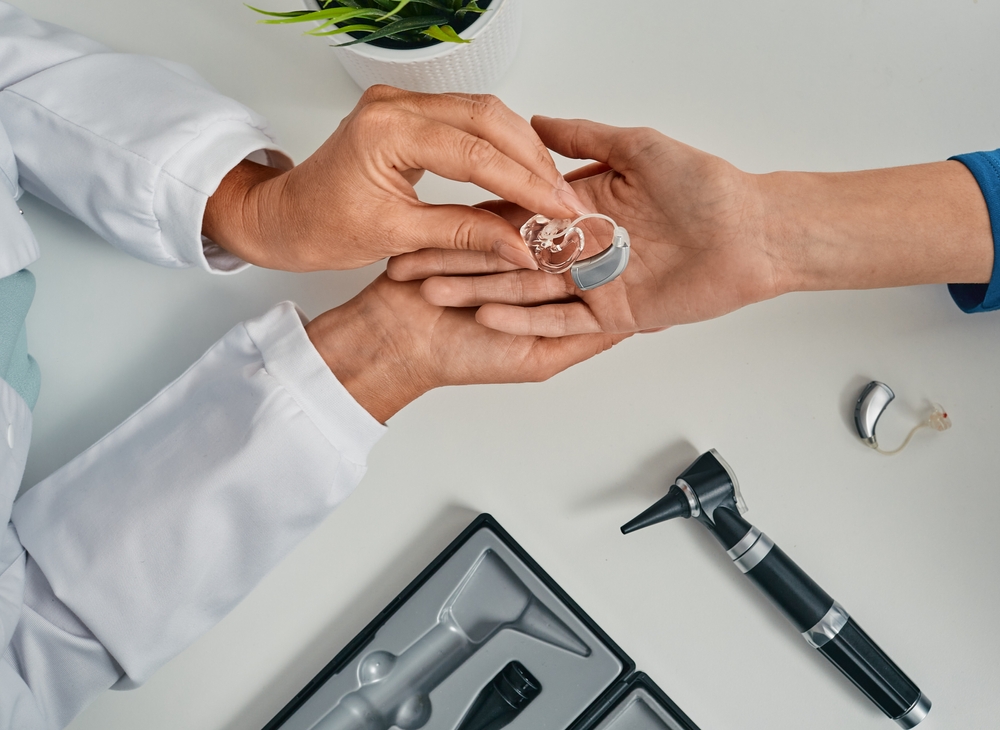
Hearing aids play a vital role in improving sound clarity and enhancing daily communication. For optimal performance, it’s essential to schedule routine upkeep and routine expert cleaning sessions. Over time, earwax, moisture, and debris can build up, leading to reduced performance. Recognizing when it is time to schedule professional maintenance can help extend the longevity of your hearing aids and ensure they continue to work at their best.
The importance of professional hearing aid cleaning
Even with regular at-home care, hearing aids gradually collect buildup that may affect sound quality and performance. Regular upkeep provides numerous advantages:
- Deep Cleaning– Removes earwax, dust, and moisture that day-to-day cleaning tools may not successfully remove.
- Improved efficiency – Gets rid of blockages that might cause muted audio or distortion.
- Extended Lifespan– Protects against premature wear and tear, reducing the need for repair work or replacements.
Having your hearing aids cleaned by a specialist helps ensure they work at their best, reducing the likelihood of unforeseen malfunctions.
Signals that your hearing aids require professional upkeep
Not certain if your device is due for a deep clean by a pro? Look out for these telltale signs that it’s time to contact the experts:
- Unclear or Jumbled Audio: If voices and background noises seem faint, muffled, or altered, the issue might be caused by obstructions, such as earwax or debris, impeding the device’s microphone or speaker.
- Continuous Feedback or Screeching: A squealing noise at a high pitch (feedback) could indicate a blockage from earwax or an ill-fitting device. Professional cleaning can assist in removing blockages and adjusting the fit accurately.
- Issues with Volume Control: If changing the volume doesn’t seem to have the intended effect, internal elements might require maintenance or software reset.
- High humidity can impact the device’s internal components, causing random audio disruptions or faulty button control. A professional technician can assess and address any moisture-related issues.
- If you observe a noticeable increase of wax or dirt on your hearing aids, it is recommended to get them professionally cleaned for a more thorough removal compared to cleaning them at home.
- Use precision tools to remove wax, dirt, and moisture without damaging fragile parts.
- Confirm the correct functioning by inspecting and repairing any broken parts.
- Inspect both software and hardware to determine any performance problems that may be affecting the quality of sound.
- Replace worn-out filters or tubing that might be limiting device performance.
- Standard maintenance should be conducted every 3 to 6 months.
- More frequent cleanings are advised for individuals predisposed to excessive earwax buildup or those living in humid environments.
- As soon as problems arise, addressing modest issues early can prevent costly repairs.
What does a professional hearing aid cleaning look like?
A thorough cleaning service not only keeps your equipment in good working order but also assures top performance and effectiveness. During the appointment, specialists will:
How often should you schedule professional upkeep?
The need for professional cleanings differs depending on factors such as how much earwax is produced, the levels of moisture, and how the device is typically used. Commonly suggested best practices are:
Keep your hearing aids in great condition
To keep your hearing aids working efficiently and providing crisp, clear audio, it’s essential to schedule regular check-ups and maintenance with a hearing care professional.
If distorted sound, echoing, or technical problems are interrupting your experience, it’s likely that a thorough, expert cleaning is in order.
Schedule your hearing aid cleaning and maintenance today.